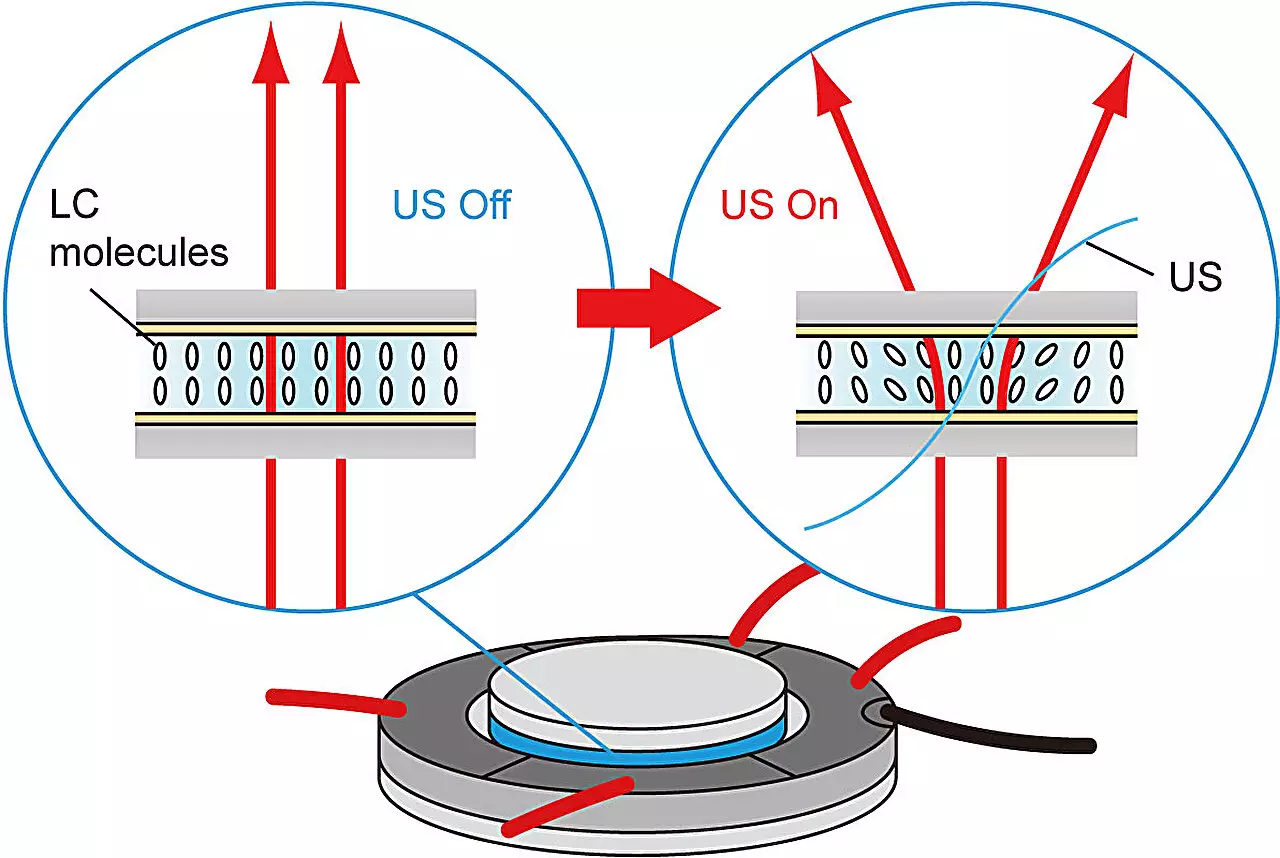Artificial lighting has played a crucial role in human history since the discovery of fire. As humans progressed, various artificial light sources such as incandescent lamps, gaslights, discharge lamps, and more recently, light-emitting diodes (LEDs) have been developed. The distribution and intensity of artificial light indoors have a significant impact on our everyday lives, influencing our ability to study, work effectively, and affecting our physical and mental well-being.
The most recent innovation in artificial lighting, LEDs have revolutionized the industry by providing high efficiency and environmentally friendly lighting systems. However, one drawback of LEDs is their small size, which necessitates the use of diffusers to spread light over a larger area. Traditional light diffusers have been limited in their ability to control diffusion directivity without mechanical movement, leading researchers to explore new avenues for improvement.
In a groundbreaking study by Professor Daisuke Koyama and graduate students Yuma Kuroda and Ryoya Mizuno from Doshisha University, an innovative tunable ultrasonic liquid crystal (LC) light diffuser was developed. The ultrasonic LC light diffuser utilizes non-coaxial resonant flexural vibration to control the molecular orientation and refractive-index distribution of the LC layer, allowing for precise control over diffusion angle and direction. Unlike traditional diffusers, this new technology offers a thin and simple structure without any mechanical moving parts.
The ultrasonic LC diffuser consists of a nematic LC layer sandwiched between two glass disks, along with an ultrasonic piezoelectric transducer. By applying a continuous reverse-phased sinusoidal signal to the transducer, ultrasonic vibration is generated on the glass disks, matching the resonant frequency of the LC light diffuser. This generates non-coaxial resonant flexural vibration modes in the LC layer, inducing changes in molecular orientation and transmitted light distribution. By adjusting the applied voltage to different electrodes, the direction of molecular orientation and diffusion directivity can be easily rotated.
The researchers found that the diffusion angle of the device depends on the input voltage amplitude, with maximum diffusion observed at 16 V. Beyond this voltage level, the diffused light may become unstable. Furthermore, the transmitted light distribution is influenced by the polarization of incident light, highlighting the complexity and versatility of the ultrasonic LC light diffuser technology.
The development of the ultrasonic LC light diffuser represents a significant advancement in the field of artificial lighting. By offering a unique method of controlling diffusion directivity without mechanical parts, this technology has the potential to enhance the aesthetics and functionality of modern lighting systems. Further research and development in this area could lead to more efficient and customizable lighting solutions for various applications.


Leave a Reply